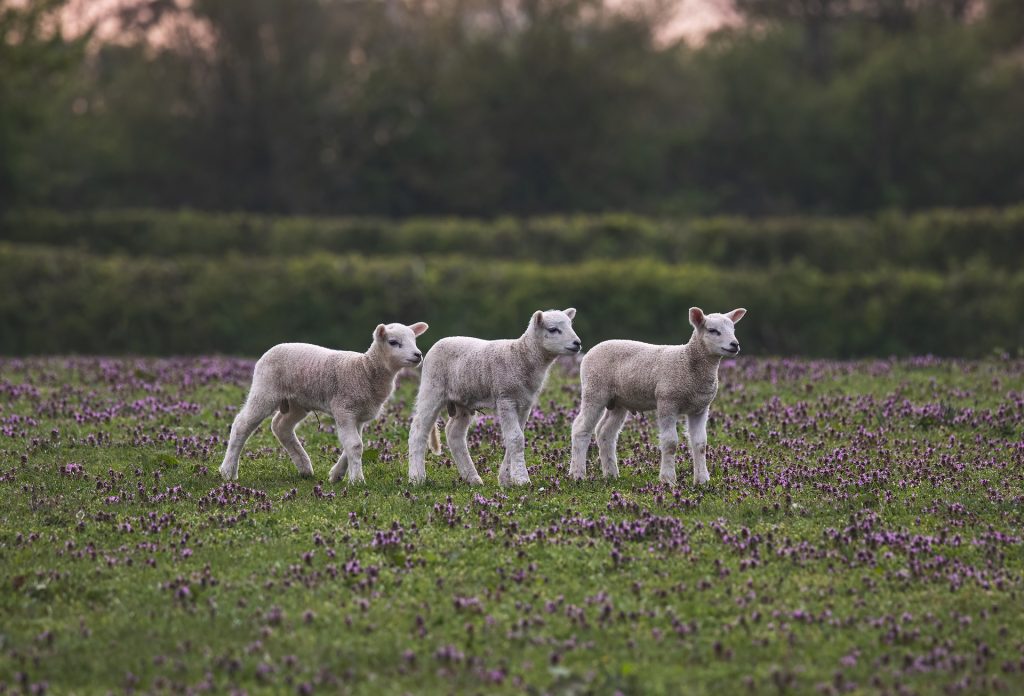In the modern age of agriculture, technology continues to revolutionize the way farmers manage their operations. One such innovation that is gaining traction in livestock farming is the use of drones. These unmanned aerial vehicles (UAVs) offer farmers a range of capabilities that can significantly improve efficiency, productivity, and animal welfare. In this article, we’ll explore how drones can benefit farmers in raising their livestock and revolutionize traditional farming practices.
Monitoring Grazing Patterns
One of the primary advantages of drones in livestock farming is their ability to monitor grazing patterns and pasture conditions with precision. Equipped with high-resolution cameras and sensors, drones can capture aerial imagery of grazing areas, allowing farmers to assess vegetation health, monitor forage availability, and optimize grazing management practices. By analysing this data, farmers can make informed decisions about rotational grazing, stocking rates, and pasture maintenance, leading to improved forage utilization and animal health.
Herd Management and Tracking
Drones offer farmers a bird’s-eye view of their livestock, making it easier to manage and track herds across large and rugged terrain. With thermal imaging cameras and GPS technology, drones can locate and identify individual animals, detect signs of distress or injury, and monitor herd movements in real-time. This capability is particularly valuable for extensive grazing operations, where animals roam over vast distances and may be difficult to locate by conventional means.
Fence Inspection and Maintenance
Maintaining secure and well-maintained fencing is essential for keeping livestock contained and safe from predators. Drones equipped with cameras and sensors can be used to inspect fencing infrastructure, identify damaged or weak areas, and assess the overall integrity of perimeter boundaries. By conducting regular aerial inspections, farmers can identify potential issues early on and take proactive measures to repair or reinforce fencing, minimizing the risk of escapes and livestock losses.
Predator Deterrence and Surveillance
Livestock farmers often face challenges from predators such as coyotes, wolves, and birds of prey, which can pose threats to their animals and livelihoods. Drones equipped with deterrent devices such as sound emitters, flashing lights, or non-lethal projectiles can help deter predators and protect livestock from potential attacks. Additionally, drones can serve as a surveillance tool, allowing farmers to monitor predator activity and respond quickly to potential threats.
Environmental Monitoring and Conservation
Drones can also aid farmers in monitoring environmental conditions and promoting conservation practices on their land. By capturing aerial imagery and data on vegetation cover, water sources, and soil health, drones can help farmers assess habitat quality, identify areas for habitat restoration or enhancement, and implement sustainable land management practices that benefit both livestock and wildlife. This holistic approach to farming promotes biodiversity, enhances ecosystem resilience, and supports the long-term viability of agricultural landscapes.
As technology continues to advance, drones are becoming increasingly valuable tools for livestock farmers seeking to improve efficiency, productivity, and sustainability in their operations. From monitoring grazing patterns and managing herds to inspecting fencing and deterring predators, drones offer a wide range of capabilities that can revolutionize traditional farming practices and enhance the welfare of both animals and the environment. By embracing drone technology, farmers can unlock new opportunities for innovation and success in raising their livestock, paving the way for a more efficient and resilient agricultural future.

